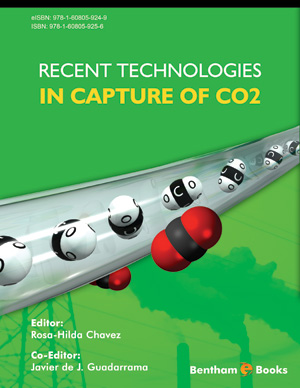Abstract
The purpose of this work is to evaluate the minimum energy consumption for solvent regeneration and maximum CO2 absorption with 600 t/hr flue gas flow simulated by Aspen Plus™ of CO2 capture process, using Monoethanolamine (MEA) at 30 weight%. The parameters studied were: 1) energy consumption at reboiler of stripper, 2) absorption separation efficiency, 3) flow ratio (L/G) in order to find the load on turbulence regimen in absorption process, and 4) absorption and stripper column diameters at different flue gas flows. This work contributes structured packing study in separation columns, like: ININ 18, Sulzer BX and Mellapak 250Y, and the advancement in CO2 capture technology. Hydrodynamic and mass transfer models were used to evaluate pressure drops and height of mass transfer equivalent unit, per each packing, from experimental data of CO2 absorption column and predict up to 600 ton/h flue gas flow by Aspen Plus™. The results showed that Sulzer BX has the highest volumetric mass transfer coefficient values and the lowest height of mass transfer equivalent unit, with 3.76s-1 and 0.316m, respectively, and the most absorption efficiency of 89.17% in comparison with respect to the other two packings and 120MW reboiler energy.
Keywords: CO2 capture efficiency, numerical simulation, re-boiler energy consumption at stripper, structured packing, liquid/gas flows ratio.
















